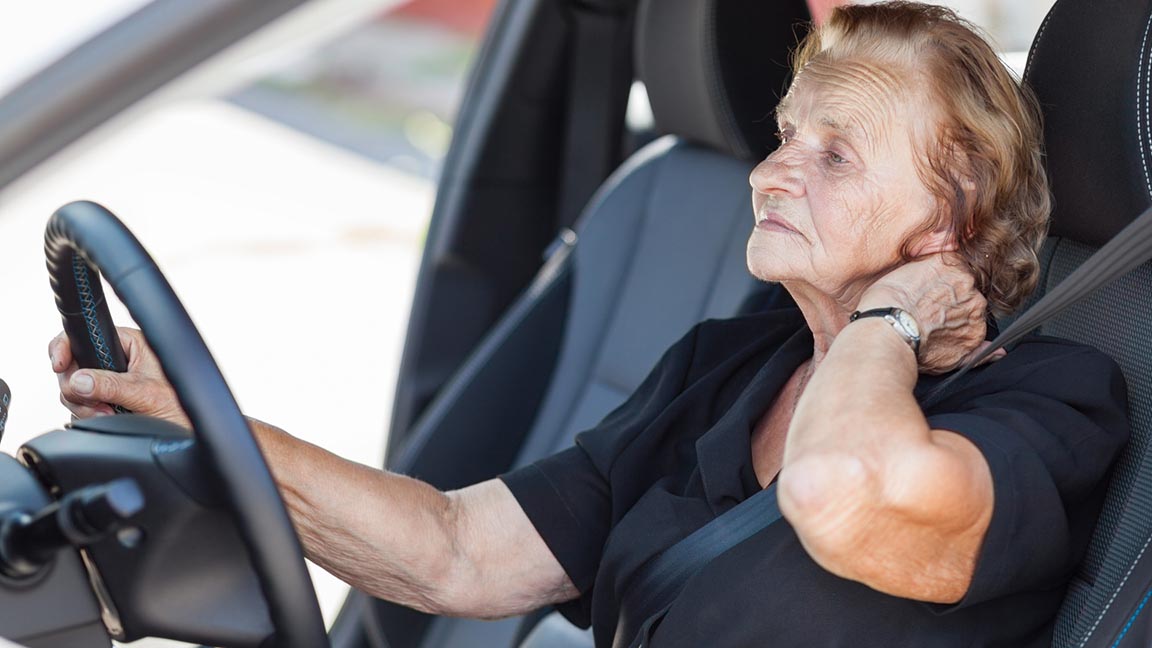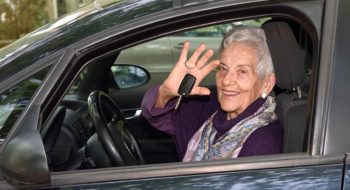As we get older, arthritis and other conditions can make driving more difficult. The good news? Many drivers can overcome limitations through the use of vehicle modifications and specialized training.
Decreased vision, impaired hearing, slower motor reflexes and certain diseases that become more common as we age can make driving unsafe. Aging can also affect a driver’s strength, coordination and flexibility, which can make it harder to safely control a vehicle, too.
Through the Tidelands Health driver rehabilitation program, which is led by certified driver rehabilitation specialist Ian McClure, many people struggling with age-related health conditions can learn how to continue driving safely.
“Issues we commonly see include the inability to grab the steering wheel or fully turn it or difficulties with secondary knobs or switches,” says McClure, one of only a few certified driver rehabilitations specialists in South Carolina. “Fortunately, these things can be addressed with vehicle modifications and adaptations.”
Limitations
Physical challenges that can make driving difficult or unsafe include:
- Stiffness in the neck that makes it hard to look over the shoulder
- Leg pain or peripheral neuropathy from diseases such as diabetes that make it difficult to move from the gas to brake pedal
- Weak upper arm strength that makes turning the steering wheel quickly and effectively a challenge
- Diminished reaction times
“There is assistive technology that can be used to correct many of those issues,” McClure adds.
Patients who take advantage of the Tidelands Health driver rehabilitation program, which is offered at Tidelands Health Rehabilitation Services at Myrtle Beach, initially undergo a clinical assessment. If an individual’s only concerns are related to physical limitations, the driver is then assessed on range of motion, grip strength, fine motor coordination, reaction time and other capabilities.
Once the clinical assessment is done, patients get behind the wheel with McClure to determine whether their physical limitations are impacting driving ability. If so, there is adaptive equipment such as hand controls and hand brakes, assistive technology such as blind-spot detection and backup cameras and compensatory strategies that can be employed to make driving easier and safer.
Patients typically complete the driver rehabilitation program in about three months. In many cases, patients need to take the state road test to resume driving independently.
“The most common thing they tell me when they’re done is that I’ve given them their lives back,” McClure says. “And that’s why I do it.”





